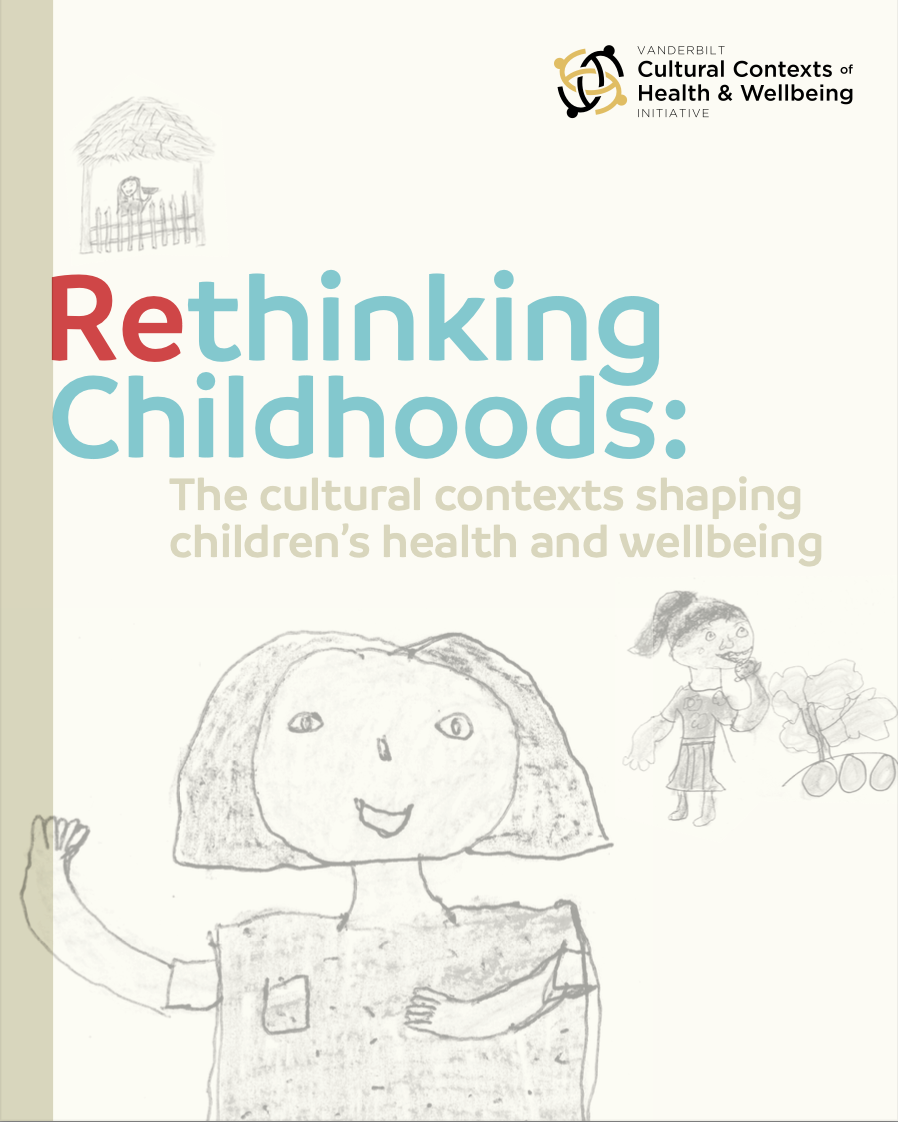
-
Download document
Anglais (pdf, 10,69 MB)
Rethinking Childhoods: The cultural contexts shaping children’s health and wellbeing
In health policy, “childhood” is considered a self-evident category reflecting a biological stage of growth and psycho-social development, often defined as under 18 years of age. This singular view of childhood assumes a universal linear path toward adulthood that all individuals pass through. But childhood is a cultural interpretation of physiological growth: global and historical comparisons show that a single, biologically determined childhood does not exist. The expectations of what a child is or should be differ across cultures and through time, even though bodies may grow in similar ways. Thus, it is more accurate to refer to childhoods in the plural, recognizing that they are culturally variable social constructions that imperfectly reflect biological realities.
When addressing children’s health and wellbeing it is useful to distinguish between (a) the physiological processes of growth, and (b) the social construction (“childhood”) around this phase of life. Cultural notions of childhood not only reflect but influence biological development; these two aspects work together to produce particular health outcomes. For example, researchers have shown that social, political, economic, and environmental contexts impact physical growth and metabolic health.1 And nutrition is closely linked to cultural norms around childhoods, playing a significant role in how children develop biologically and cognitively. Thus, culture and biology interact in ways that can become embodied in children in unique, context-specific ways.
Yet, the biomedical approach of establishing a standard, singular pathway through child growth, based on Western statistical norms and developmental benchmarks, tends to dismiss or pathologize outliers. Scientific approaches to childhood often detach experience and context from categories of biological growth, making standards for universal and natural patterns of development that view children as less- than-adult humans. Imposing a universal narrative for childhood disregards the cultural diversity and uniqueness of each society, potentially undermining the capacity of different cultures to define and shape childhood.
Adopting the plural childhoods emphasizes that there is not a singular path of biological growth, but that conceptions of childhoods emerge through interactions with the social, environmental, political and economic contexts in which individuals grow. This is in contrast to the universalizing biomedical models of child development commonly used in policy and clinical settings.
Find out more here.




